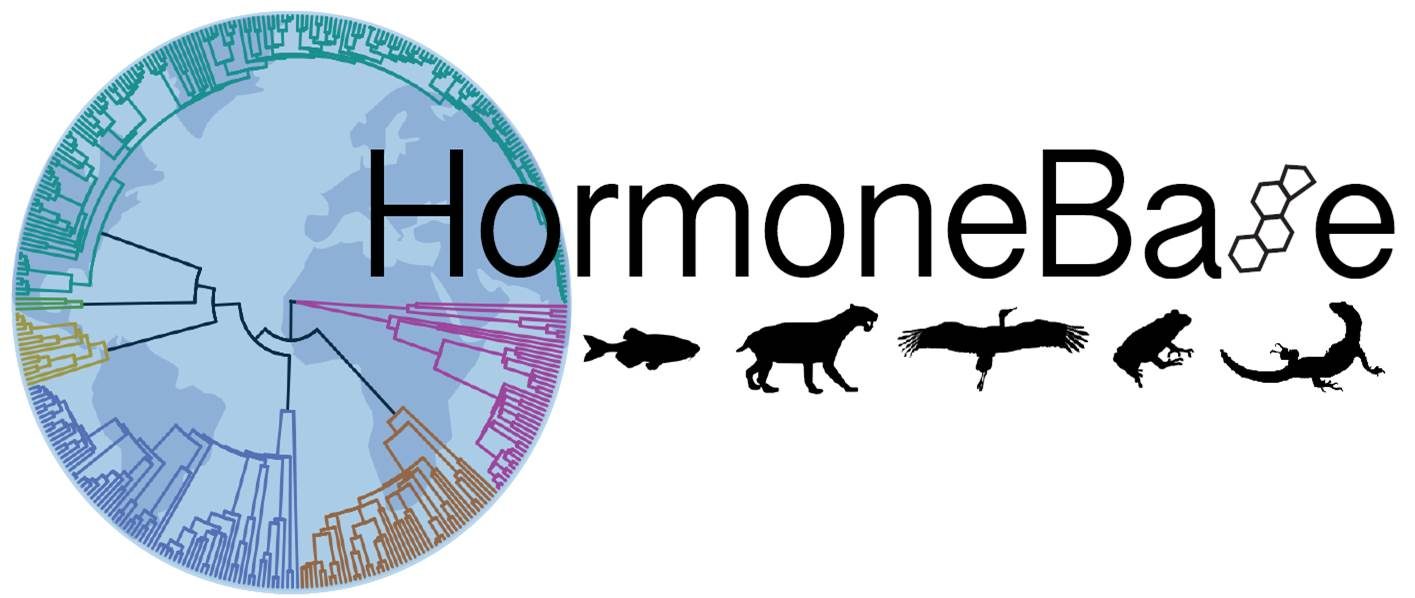
Jerry Husak recently led an analysis of traits associated with variation in testosterone across vertebrates, published in Evolution in May 2021. Check out the paper here, and the abstract below:
Endocrine systems act as key intermediaries between organisms and their environments. This interaction leads to high variability in hormone levels, but we know little about the ecological factors that influence this variation within and across major vertebrate groups. We study this topic by assessing how various social and environmental dynamics influence testosterone levels across the entire vertebrate tree of life. Our analyses show that breeding season length and mating system are the strongest predictors of average testosterone concentrations, whereas breeding season length, environmental temperature, and variability in precipitation are the strongest predictors of within-population variation in testosterone. Principles from small-scale comparative studies that stress the importance of mating opportunity and competition on the evolution of species differences in testosterone levels, therefore, likely apply to the entire vertebrate lineage. Meanwhile, climatic factors associated with rainfall and ambient temperature appear to influence variability in plasma testosterone, within a given species. These results, therefore, reveal how unique suites of ecological factors differentially explain scales of variation in circulating testosterone across mammals, birds, reptiles, amphibians, and fishes.
